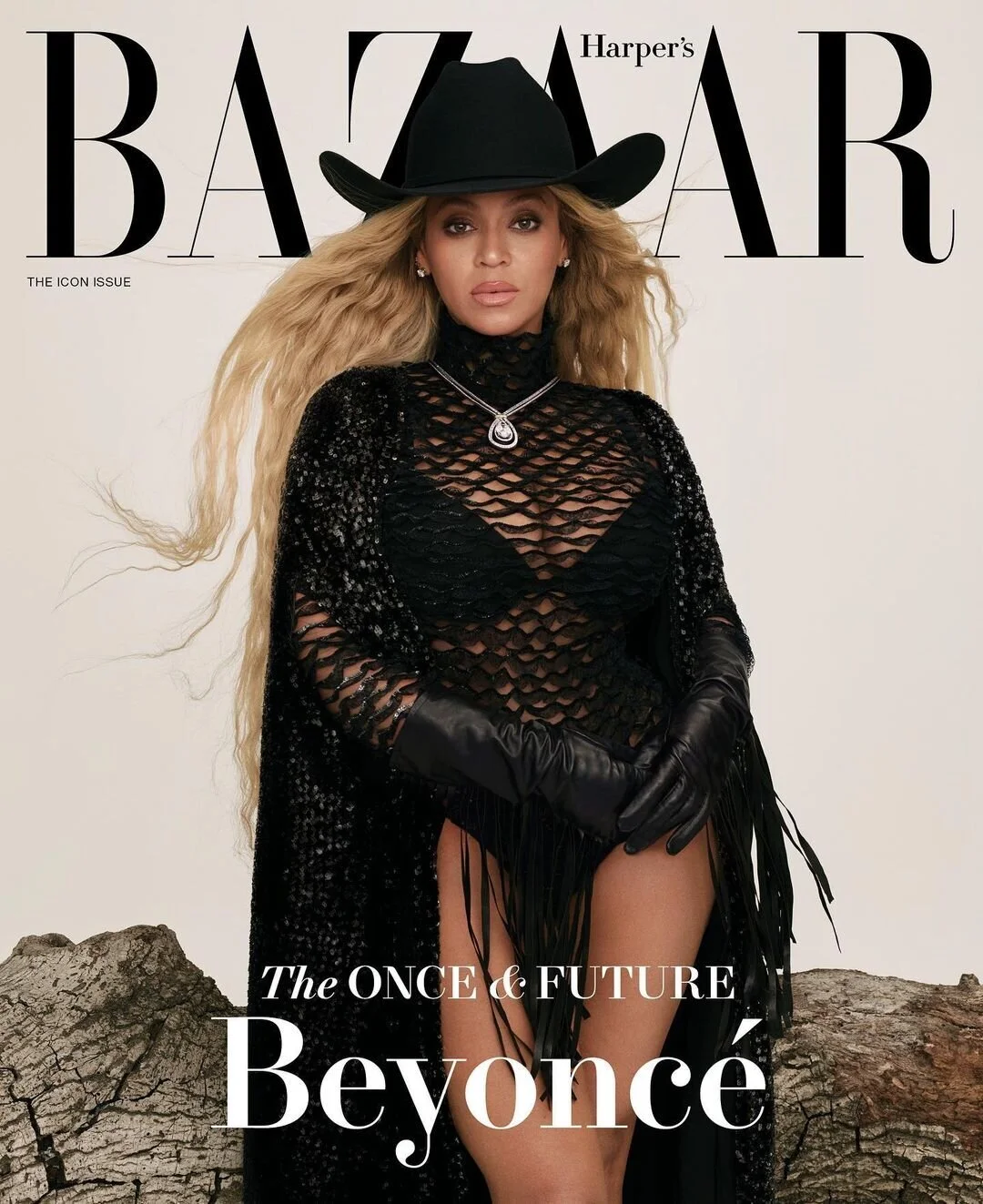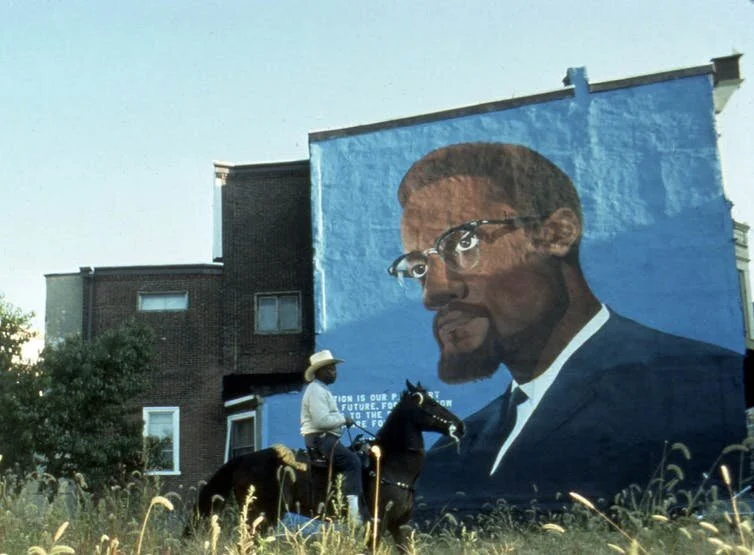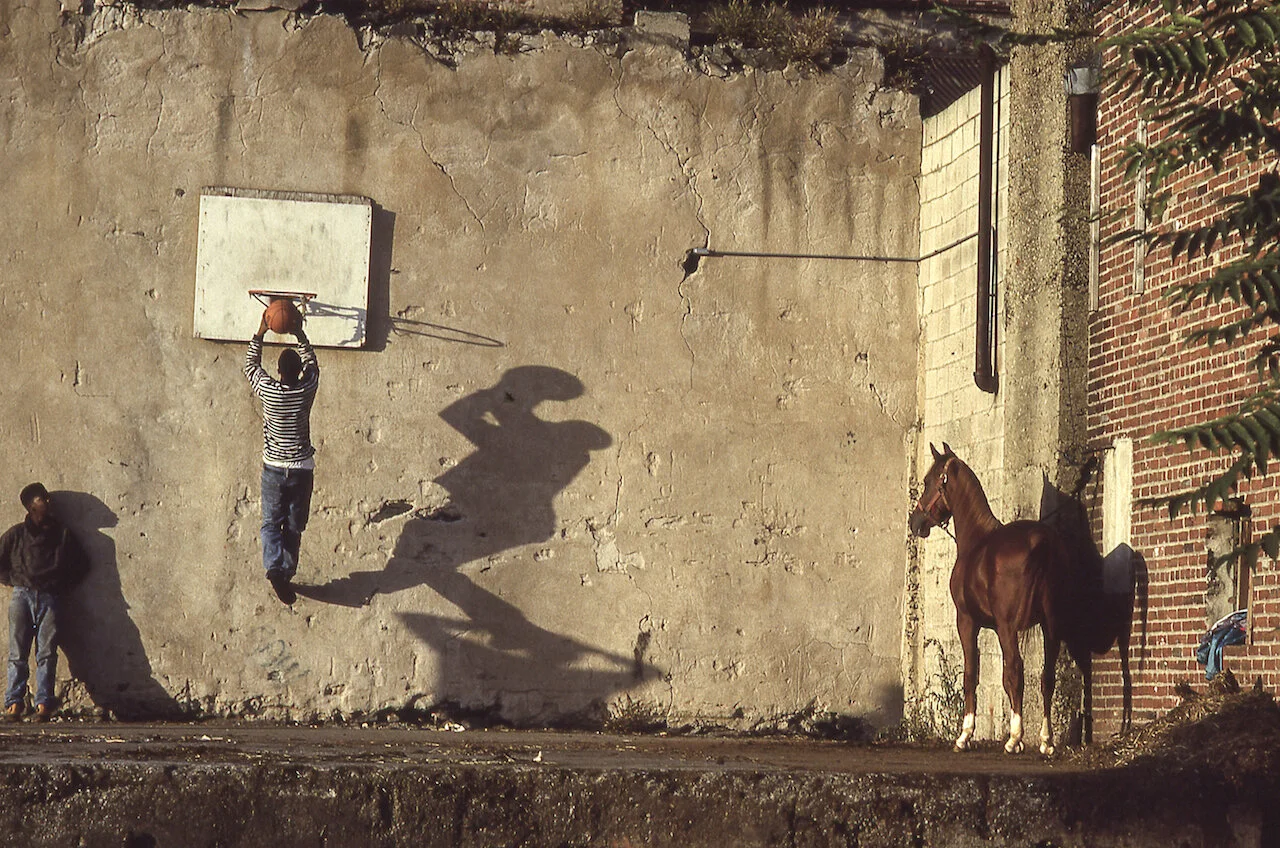Kerwin Frost's Terrifying Horse Head Sneakers Cause Nightmares | Let's Use Them
/Republish via AOC at FeedBurner CC 3.0 License Attribution Required: Daily Fashion Design Culture News
Looking at Harlem-born designer and talk show host Kerwin Frost’s new collab sneaker with Adidas, one wonders if it’s capable to triggering nightmares. AOC chooses to take a more benign read on his Forum Hi designed to resemble a horse face.
If wearing the sneakers causes some gang member dude to threaten you with a pistol-whipping unless you get those terrifying sneakers off the street — well, you’ve still invested in a piece of modern art. Note the nose turds — or even a terrified penis trying to escape the screams of horror induced by this sneaker.
Could the ‘Horse’ face sneaker just be a sick joke? Stay tuned on Frost’s Insta.
On a more positive note, perhaps the sneaker drop is timed to coincide with Beyoncé’s Ivy Park X Adidas Rodeo collab?
Beyoncé Celebrates 40 Years of Excellence for Harper's Bazaar, Lensed by Campbell Addy AOC Fashion
I’ll bet you don’t know that an estimated 25 percent of America’s cowboys were Black. With Republicans trying to deny critical race theory, perhaps those of us who support BLM and teaching Black history to kids in school can start wearing Kerwin Frost’s horse sneakers in Republican neighborhoods.
We could make it like a voodoo curse, which Kerwin Frost loves. Then again, Republicans are locked and loaded with assault weapons, so we would all probably die in our desire to be disruptive seekers of democracy in America. Bad idea, Anne.



